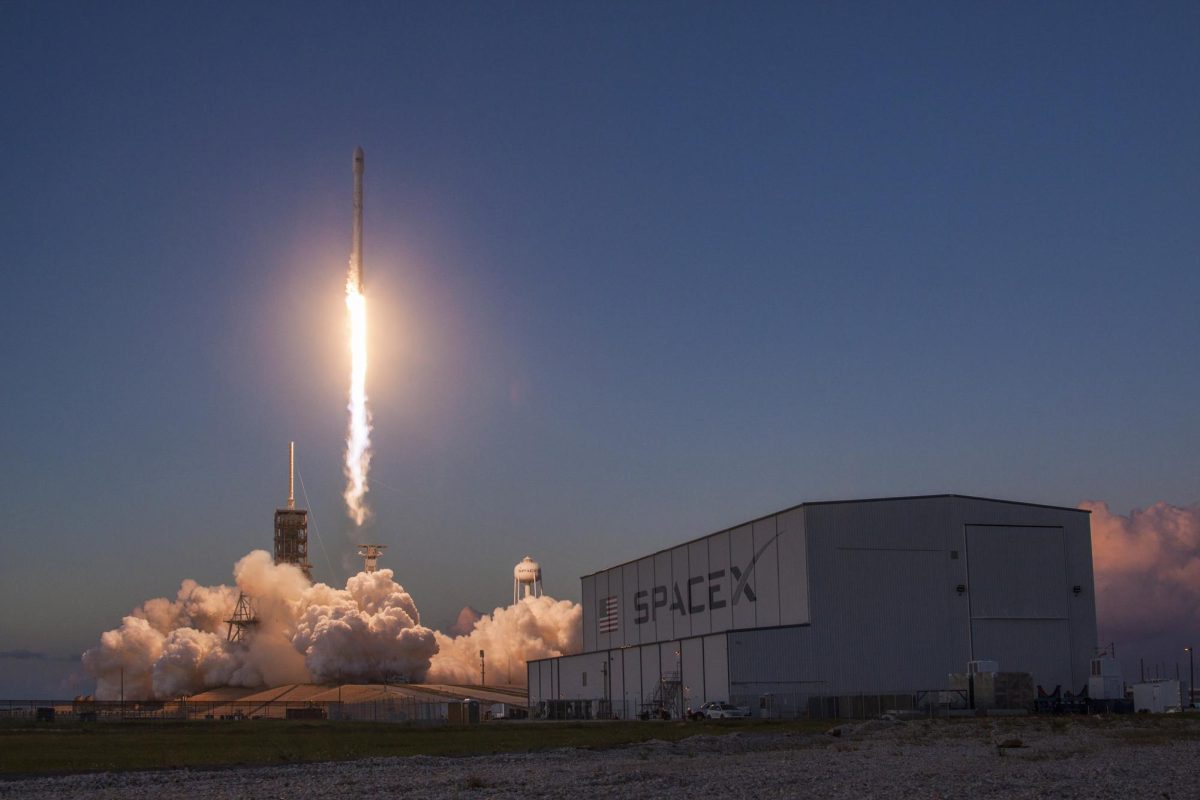On Saturday morning, November 18, 2023, SpaceX launched its Starship rocket for its second-ever test flight at 8 a.m. EST in Boca Chica, Texas. As with April’s launch of the rocket, this one also failed.
Shortly after a successful takeoff, the crew lost contact with Starship mid-flight. “The upper-stage Starship spacecraft continued heading toward orbit for several more minutes, reaching an altitude of more than 90 miles, but then SpaceX lost contact with it after the flight termination system detonated,” The New York Times reported.
According to CNN, Starship is considered by Elon Musk, the CEO of SpaceX, the “holy grail” rocket, whose goal is to act as a reusable transportation system to send humans and cargo to Mars for the first time. Starship is the world’s most powerful launch vehicle ever developed, capable of carrying up to 150 metric tons fully reusable and 250 metric tons expendable. With Starship standing at almost 400 feet tall, its Super Heavy boosters can produce a thrust force of 16.7 million pounds, according to SpaceX. With all these capabilities, Starship has the ability to carry out moon missions, interplanetary transportation, and rapid cross-country transportation on Earth within hours.
There were multiple goals set in place for the second test launch. “SpaceX was looking to… demonstrate that improvements to its ground infrastructure mitigate the damage caused by the debut attempt,” CNBC reported. In addition, SpaceX wanted Starship to reach space with Saturday’s launch and increase the flight time over that of the previous attempt. Like before, no people were on board for Starship’s launch. Hundreds of Starship’s missions are expected to take place before the rocket launches with people.
While the first flight test of Starship in April of this year didn’t go as planned, Saturday’s launch showed multiple improvements.“The rocket made it much further into its flight profile than during the first flight attempt in April when Starship began tumbling tail-over-head about four minutes after liftoff,” CNN reported In addition, this time, SpaceX was successfully able to separate the Super Heavy booster from the Starship vehicle. According to Elon Musk, this process, known as “hot staging,” is expected to be “the riskiest part of the flight.” To SpaceX, having the Starship detach from the Super Heavy booster would be a successful mission.
However, several difficulties followed. Just after separation, the Super Heavy booster lost control and exploded over the Gulf of Mexico. Around nine minutes into launch, SpaceX confirmed that it had lost video signal with Starship, losing data, indicating that Starship was not flying on course. Starship was intentionally destroyed to prevent any further complications, according to CNBC.
Although Starship’s test launch may have inevitably failed, valuable lessons were learned. “We got so much data and that will all help us to improve for our next flight,” said Kate Tice, an engineering manager at SpaceX, during the livestream. Although losing Starship twice might have been seen as a loss to the organization, SpaceX is fine with rockets exploding early. Unlike other large space organizations such as NASA, SpaceX has multiple prototypes of Starship built that are ready to be modified and tested. SpaceX is okay and even welcomes early failures which aid in revising vehicle design for the sake of learning and human progress toward a multi-planetary transportation system.














































































































































